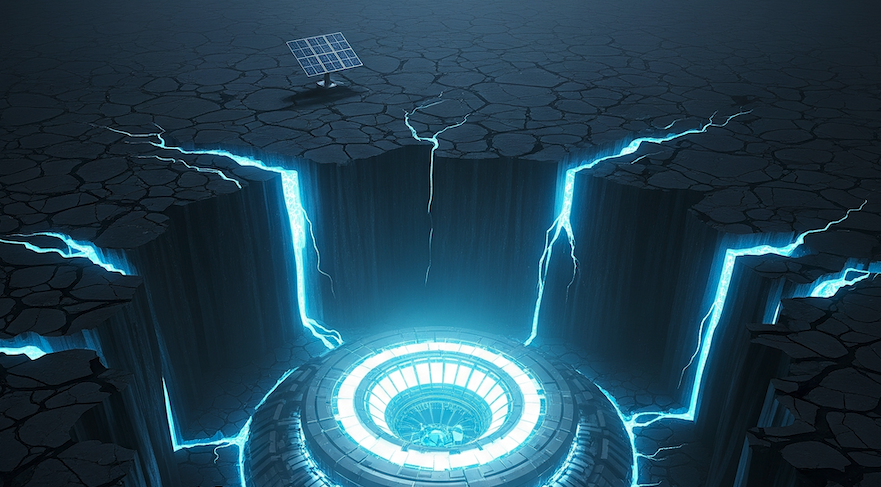Hearing a statement like, “Reducing interest rates increases inflation, dumb***,” is a perfect example of a textbook classic. It’s a solid rule for a straightforward game. The only issue is the assumption that we’re still playing that same simple game.
This level of complexity might not even be new. It’s entirely possible that a layered reality, with a simple narrative for the public and a far more intricate one behind the scenes, has been the standard operating procedure for a long, long time.
The very data used to form these opinions requires a massive leap of faith in its authenticity. As a show like “Rabbit Hole” on Paramount+ pointed out, deepfakes are not just about eroding trust; they are a tool for constructing a completely false reality to get a specific reaction. The fake TV broadcast in the opening scene that sets the whole story in motion is a perfect metaphor; what is presented as ‘the news’ or ‘market data’ could easily be a meticulously crafted illusion.
This concept extends directly into the financial system itself. The problem of “fails to deliver” is not a simple clerical error; it’s the financial system’s version of a deepfake. Attempts to get the raw FTD data through Freedom of Information Act (FOIA) requests hit a black hole. The trail goes cold under the official reasoning that it’s proprietary “corporate” information, a designation that can make it more secret than classified documents. A mechanism like that being in place during the massive market convulsions and wealth transfers of the COVID era makes tracing what really happened almost impossible.
Therefore, hearing a simple, clean economic rule is difficult to take at face value. In a world of systemic financial deception and deepfakes that can manufacture reality, claiming to know what’s really going on is a profoundly optimistic stance.

